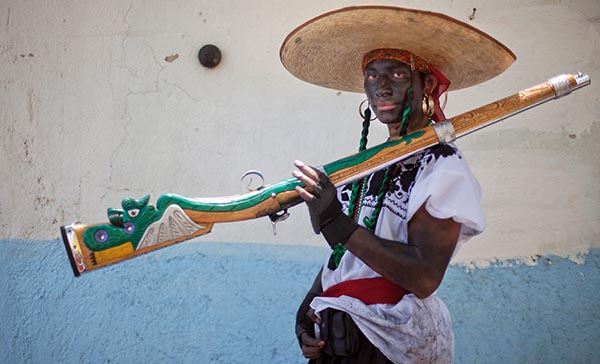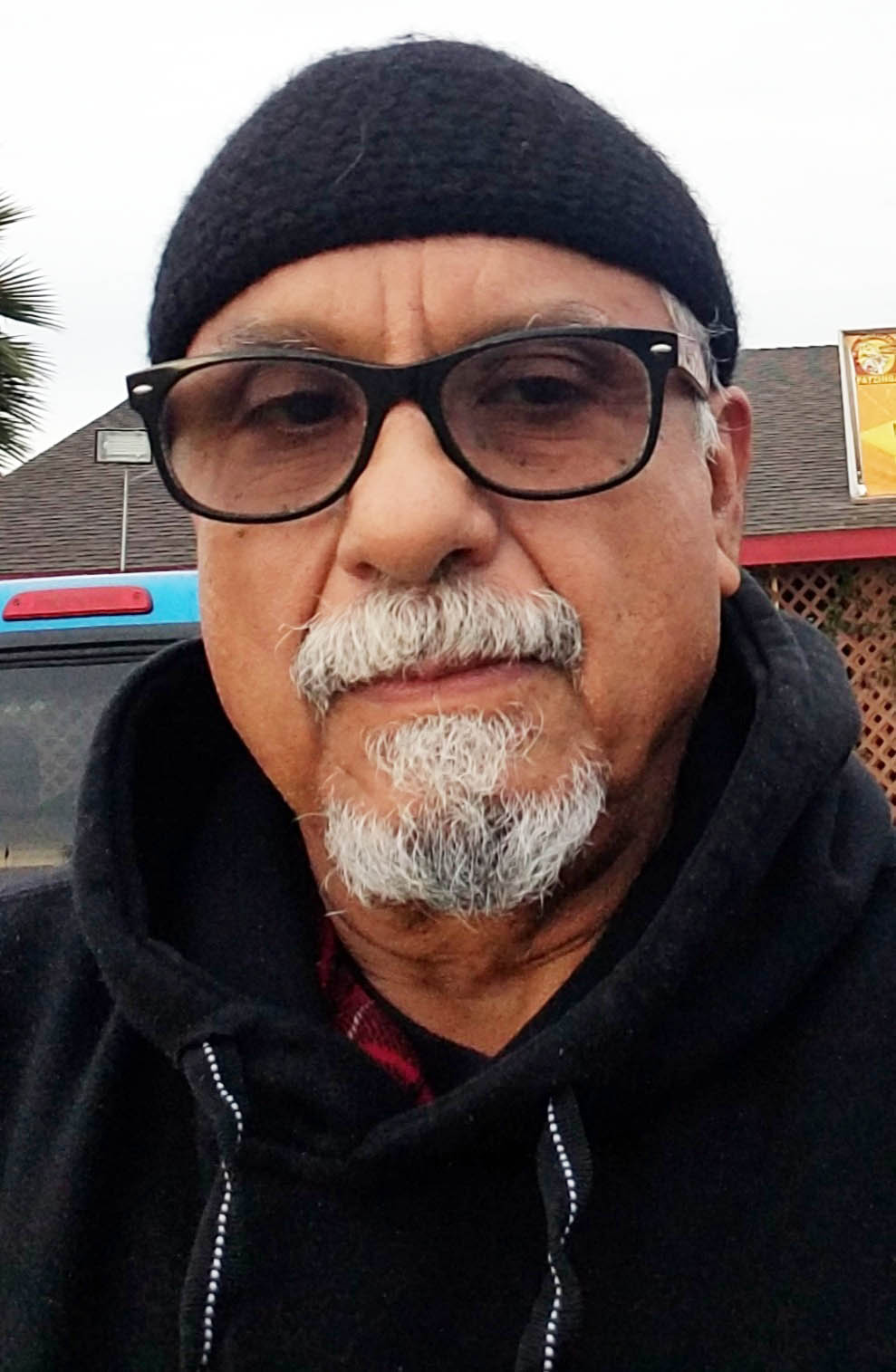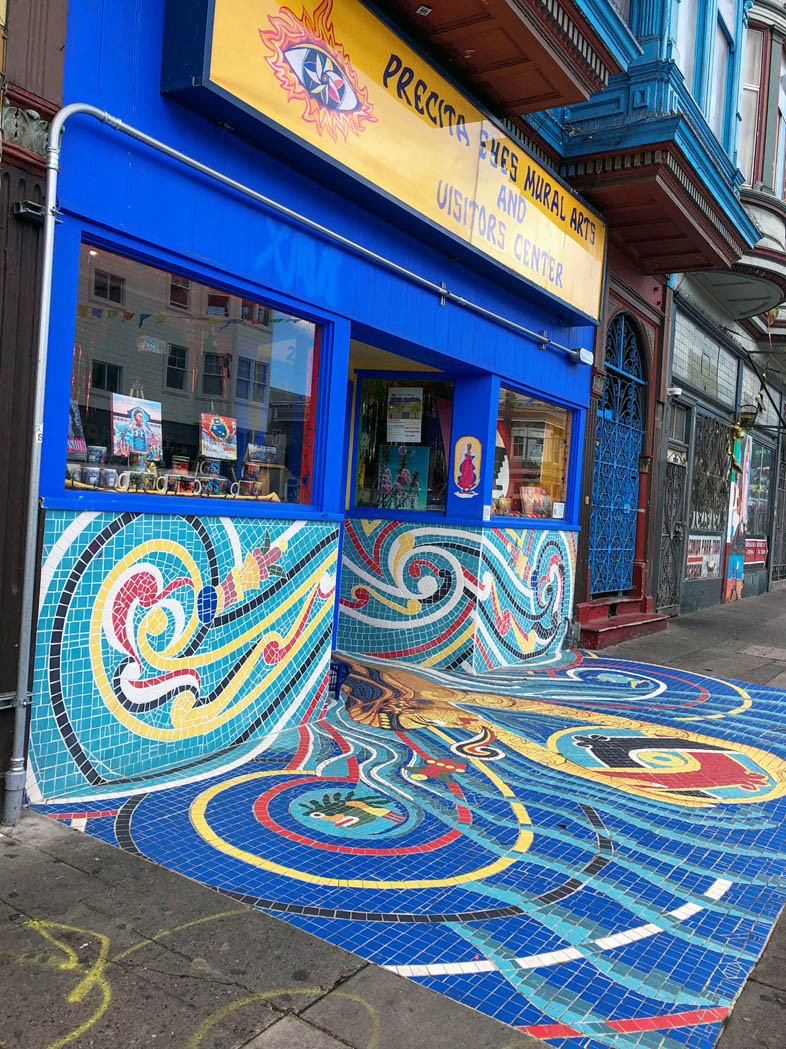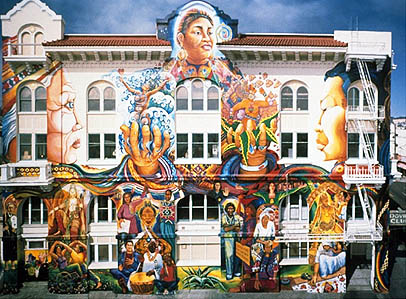|
|
|
|
The weekly newsletter of the México Solidarity Project |
|
|
|
May 18, 2022/ This week's issue/ Meizhu Lui, for the editorial team |
|
|
Miguel Dimayuga, Zacapoaxtla, a photo on sale to support the independent journalism of Amapola Periodismo. |
|
Who Gets to Decide What Rates as Newsworthy? |
|
As immigrants living in the Midwest USA, my Chinese parents learned about black and brown people from the mainstream news. That media had them believing that African Americans lived on the poor side of the tracks — yes, actual train tracks divided our town — because they didn’t have enough motivation to get an education. No wonder so many Chinese saw all black people as lazy.
I saw a similar mainstream news impact when I did workshops on the racial wealth gap. African Americans would angrily tell me that undeserving Mexican immigrants were getting too much in government benefits. The powerful elites who own our media, I recognized, use their control over the news to shape the mainstream narratives that divide and conquer us.
What do the people in México’s Guerrero state see when they look in their media mirror? A state run by criminal gangs and the drug trade. Unchecked violence — most famously, the disappearance of 43 students at Ayotzinapa. All negatives. But journalists in Guerrero, as Marlén Castro explains in our interview this week, are pushing back.
These journalists have created an independent news source to counter the negative narratives that dominate local news stories. Those stories seldom ever venture beyond the surface or identify the real sources of the problems people in Guerrero face. Or cover the optimism of Guerrero’s ordinary citizens — and what they’re doing to change their state.
Reading the US news about México, we see our own elites shaping the same negative narratives. That’s one reason why we publish this Bulletin. Like Amapola, Guerrero’s independent media collective, we aim to dismantle the stereotypical narratives that serve to divide the peoples of the United States and México. How? By bringing to the foreground the voices of ordinary people doing extraordinary things! |
|
|
|
Don’t miss an issue. Subscribe to the weekly México Solidarity Bulletin! |
|
|
|
|
The ‘Poppies’ Growing ‘Transgressive Journalism’ |
|
In the state of Guerrero, a new journalism is growing. We speak this week with two key players helping that growth along. Marlén Castro, a founder and reporter for the independent media collective Amapola Periodismo, is currently working from the capital of Guerrero, Chilpancingo. Manuel Mancillas-Gomez, born in Tijuana, now teaches English as a second language at California’s Cuyamaca College in San Diego and serves as the Academic Senate president.
Marlén, why did you and other reporters create the independent digital media outlet, Amapola Periodismo, in Guerrero state? |
|
|
Manuel Mancillas-Gomez |
|
Marlén Castro: Reporting was simply what I was happy doing when I started on a career path as a young woman. I didn’t have a goal of using media for social justice. In the capital where I still live, we had many local media outlets, and I got a job at El Sol de Chilpancingo, the most trusted paper in town. But when I wrote articles critical of local officials, I found out that these reports would not get published. The ruling party, the PRI, controlled the paper. That made me very uncomfortable, and I felt that Guerrero needed an independent news source.
How did you choose the name “Amapola” — “Poppy” — and why do you describe your reporting as “transgressive?”
The official narrative deems Guerrero a violent state dominated by criminal activity that deals with an illicit crop, heroin from the amapola. We aim to dismantle that story. The poppy has its own longer history, as a beautiful flower grown in our gardens for generations. And the people of Guerrero produce much more than heroin. They produce food for the people. We know that the heroin supplies a US market and that the control over the drug trade sits far away, in El Norte.
We want to provoke people to think differently about Guerrero. We give our intended audience, the people of Guerrero, the truth, both about the ineffectiveness and corruption of our local government, but also about the positive things that ordinary citizens are doing to make Guerrero a wonderful place to live. We write, for example, about locals who make chocolate, have tea shops, or make arts and crafts.
We see the poppy as a perfect symbol for our journalism, something indigenous that brightens our gardens, but also something that impacts the entire society.
Manuel, you hosted an exhibit and sale of photos as a fundraiser for Amapola. Why did you want to support this effort?
Manuel Mancillas-Gomez: I’ve had life-long connections to journalism. As a small boy, I loved visiting the newsroom where my uncle, a sportswriter, worked. Independent media has been important to me as well. I first saw Marlén on an independent TV station. I was struck by her story about strip mining in Guerrero. She showed a photo of what had been a 3,600-foot-high hill that’s become a 3,600-foot-deep hole! |
|
That project brought environmental destruction and violent confrontations between the company and local citizens, reminding me of the peoples’ resistance to strip mining going on today in Harlan County, Kentucky. This important story would not have reached us without the reporting of Amapola.
On investigation, I found that Amapola, a project only three years old, needs financial support. The project sells photos, mostly of Guerrero, as a way to raise funds, and the high quality of these photos blew me away. I’m not comfortable buying online, so I came up with the idea of bringing Marlén to Cuyamaca College in San Diego where I teach. She couldn’t get a visa, but the photos could come! |
|
|
Franyelli Garcia, La Niña de la Milpa |
|
For the event, Una foto por la Libertad Cinco de Mayo, I printed 18 enlarged photos. Out of donations made to support the event — my union, an AFT local, donated the first $500 — I bought wood and made the frames myself.
Thanks to a heartening outpouring of support, we succeeded in bringing attention to both the journalism exposing Guerrero’s social-political conditions as well as the art created and donated to support Amapola. The project is now using the money we raised to start a new section of Amapola news on migration and border issues.
Marlén, so many journalists have been murdered. Are you afraid?
Marlén Castro: No, I’m not afraid. And the danger, nothing new, dates back to 2006 when President Calderón declared a “War on Drugs” and sent troops into states like Guerrero to battle the cartels. But the government actually waged this “war” against the population, not against criminal elements. The vast majority of those killed or disappeared turned out to be young, poor, and male, between the ages of 25 and 29.
The United States enabled the militarization of the “war on drugs” for decades. The US supplied the money and guns, México supplied the bodies.
The US press loves to emphasize the negative about México. How can we in the US combat the negative narratives?
Marlén Castro: We don’t see Amapola as an “alternative” press. Amapola gives a multi-dimensional view of reality. US media should also use reporting as an intentional provocation: to surface the questions that become obvious when you amplify the voices of the voiceless. |
|
|
On a Mission in the Mission for the Art of Murals |
|
Susan Cervantes directs Precita Eyes Muralists, a nonprofit cultural center in San Francisco’s Mission District, the home of the Precita neighborhood. A tireless champion for mural art over the past 45 years, Cervantes considers murals the art of the people, an art that tells stories and histories in a “big” way.
Why did I found Precita Eyes Muralists? I was originally inspired by the Mujeres Muralistas, the first women’s group to do murals in the Mission. The group had a commission to do a huge mural called Las Americas for the Laborers Hiring Hall. The women working on the mural, way up on scaffolding, each one contributing to the theme, inspired me. They invited me to work on the Paco’s Tacos mural, and that’s how I started. |
|
|
|
The Precita Eyes Mural Workshop and Visitor Center |
|
Murals became my life. First I started a mural workshop. Then I was hired to paint the A Day in the Life of Precita Valley mural at the community center. Then the school principal wanted murals for the school. One thing kept leading to another.
People in the community want to see themselves and their experiences reflected in murals. In our neighborhood, we’re a mix of Mexicans, Latinos, Samoans, Natives, Italians, German, Irish. The theme holds it all together, and everyone works around the theme, making a unified composite, respecting everyone’s contribution.
Precita Eyes began organically, no business plan or anything like that! With gentrification, we’ve had financial struggles, but we’re still here on 24th St. because we’ve had an impact on people’s lives. |
|
Everything we’ve done — 700 murals over 45 years — we’ve done by request. People tell us how working on our murals has transformed their lives.
Artists must be accessible to those who often have no opportunity to explore themselves as creative people. We can unleash their potential. That’s what’s wonderful about community public art, right there for you to experience. And you don’t have to pay for it. We have an art here not just for the people who can afford it. That’s what hooked me. |
|
|
Maestrapeace, SF Women’s Building,by Juana Alicia, Miranda Bergman, Edythe Boone, Susan Kelk Cervantes, Meera Desai, Yvonne Littleton and Irene Perez.
|
|
|
Recent news reports and commentaries, from progressive and mainstream media,
Jamie LaReau, GM offers workers in Mexico a raise and benefits in new union contract, Detroit Free Press. In contract negotiations with the new worker-led SINTTIA union, GM Mexico has agreed to the first significant wage hike since the start of the United States-Mexico-Canada Agreement.
John Ackerman, Dos tipos de unidad, La Jornada. El crecimiento vertiginoso del movimiento de la Convención Nacional Morenista ha generado una intensa guerra sucia de parte de los burócratas y los chapulines que hoy controlan al partido y tienen miedo a perder sus privilegios.
Mexican President presses for end to US sanctions on Cuba, France24. The Mexican leader is also insisting that all countries of the region should be able to take part in a Summit of the Americas to be held in Los Angeles in June. |
|
|
The Mexico Solidarity Project brings together activists from various socialist and left organizations and individuals committed to worker and global justice who see the 2018 election of Andrés Manuel López Obrador as president of México as a watershed moment. AMLO and his progressive Morena party aim to end generations of corruption, impoverishment, and subservience to US interests. Our Project supports not just Morena, but all Mexicans struggling for basic rights, and opposes US efforts to undermine organizing and México’s national sovereignty.
Editorial committee: Meizhu Lui, Bruce Hobson, Bill Gallegos, Sam Pizzigati, Courtney Childs, Victoria Hamlin, Agatha Hinman, Steven Hollis. To give feedback or get involved yourself, please email us! |
|
|
|
Web page and application support for the México Solidarity Project from NOVA Web Development, a democratically run, worker-owned and operated cooperative focused on developing free software tools for progressive organizations. |










